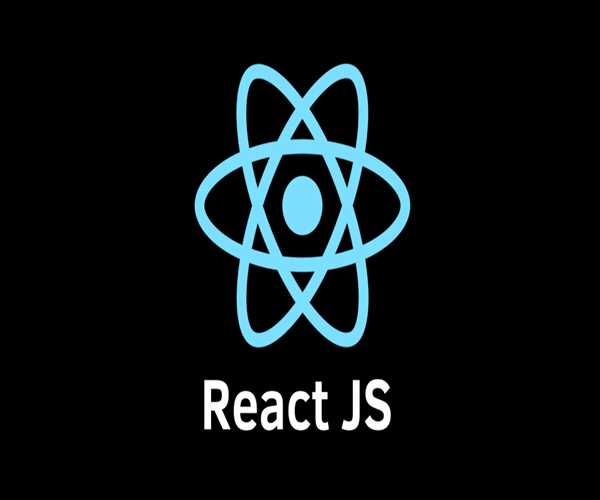The rise of ReactJS as a pillar in web development is not only because it operates at an effective and fast rate but also due to the new way that it enables building up applications over the net. Emphasizing a structure of component-based architecture, ReactJS enables developers to encapsulate different parts within the UI into self-contained units that can be developed tested and maintained separately. This modular approach not only simplifies the development process but also increases code scalability and reusability across different parts of an application or even in various projects.
Additionally, the reactivity of data flow in React guarantees that UI remains consistent with its underlying data model reducing dynamic content management complexity. The simplicity that the library offers along with its close ecosystem of tools and extensions, such as Redux for state management or React Router to handle navigation, allows even less experienced developers to easily create robust applications using this framework. React’s impact is not limited to mere technical aspects; indeed, it has created a thriving developer community that keeps the platform agile and dynamic in terms of web application technology.
Core Components of ReactJS
Components
Components are the core of any React application, enabling it to wrap elements into reusable parts. They can be categorized into: The notion that if we are unable to control the pace of our lives then they would be out of it is nothing but another misnomer.
- Functional Components: They are JavaScript functions that return React components. They are more straightforward and applied to elements without state or lifecycle functions.
- Class Components: These are ES6 classes that inherit from `React. Component` and have state values that can also contain lifecycle methods, used for more advanced logic needs.
Components are one of the most important parts in developing modular, maintainable, and scalable UIs as they allow developers to break down the UI into independent reusable units.
JSX (JavaScript XML)
JSX is a tool for the JavaScript language that extends it, acting like HTML but still giving the option to write elements in both visually pleasant and syntactically effective ways. The utilization of JSX is not necessary while working in React but it increases the readability and makes code legible since it merges visual markup with its logic.
Props
Props (properties) are immutable data that gets passed from parent to child components, such dynamic content rendering is possible because of this system. They are core to component communication and reusability, allowing developers to create generic components that can be independently configured with varying data.
State
Different from props, the state is mutable and belongs to its component. It reflects various pieces of the component that can be altered normally in reaction to client activity or system replies. The state also makes the components interactive because changing the state will
re-render a component with new data.
Lifecycle Methods
Lifecycle methods are used only in class components and run the code at various stages of a component’s lifespan, e.g., mounting, updating, or unmounting it. These techniques are essential for conducting operations such as loading data, establishing subscriptions, and performance optimization.
Hooks
Hooks were introduced in React 16.8, and they are the functions that allow developers to plug into some of the features of state lifecycle from within functional components. They offer a more simplified approach to utilizing stateful logic and side effects in functional components without having to switch over from class-based. Hooks like `useState` and useEffect have now become essential for modern React development.
Additional Features and APIs
Context API
The Context API enables the passing of values between components without having to pass props through every level in the tree, eliminating prop drilling. It is especially applicable to global data such as theme settings or user authentication status.
Refs
Refs give a path to React DOM nodes or elements generated in the rendering method. They are used to control focus, text selection, or start imperative animations. Refs should be used cautiously but they are necessary for some operations that cannot be done using a declarative approach.
Higher-Order Components (HOCs)
HOC is an advanced way of reusing component logic in React. They are functions that receive a component and return another one; it is here where developers can add more functionalities to both new components. The aspect which is used by HOCs includes code splitting, state management, and also the provision of access control.
Conclusion
Every developer interested in developing efficient, scalable, and easy-to-maintain web applications must understand the various elements that ReactJS is comprised of. ReactJS has a powerful toolbox ranging from JSX for readability, and components to building blocks of UI, props, and state as data management mechanisms up through hooks that improve functional elements. Developers now have these resources at their fingertips and can tackle some of the intricate UI challenges thus making apps that respond dynamically in line with users’ requests.




Leave Comment